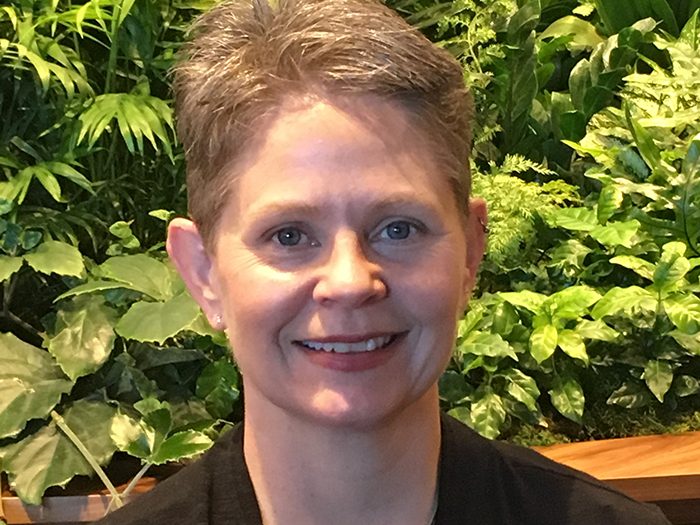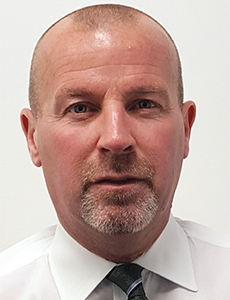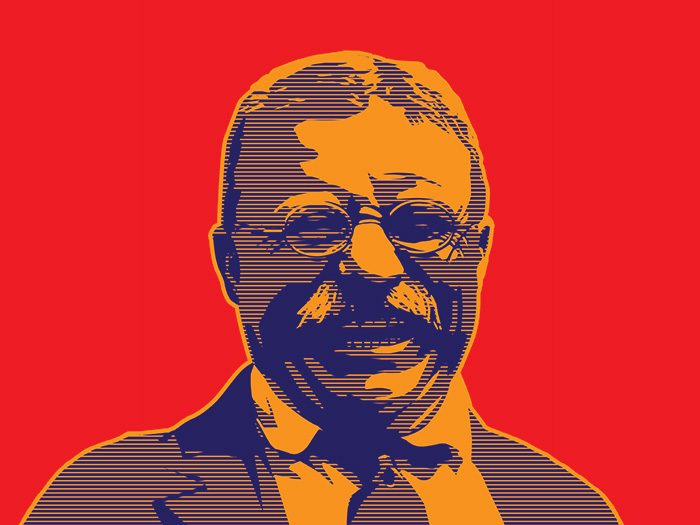Your Workers’ Comp Team Could Learn a Big Lesson from These Award-Winning Programs

Noreen Olson, manager of claims, risk management for Starbucks, a 2018 Teddy Award winner
Worker advocacy, once perceived as a strategy on the fringe, is quickly shifting into the mainstream — a trend evident in the success of the employer programs honored with a 2018 Teddy Award, sponsored by PMA Companies.
Leaders of the winning programs gathered on Dec. 6 at NWCDC in Las Vegas.
Starbucks Coffee Co., which identifies its employees as partners, has built its workers’ comp program around what it’s really like to be in the shoes of its partners when an injury occurs. Explained Starbucks’ Noreen Olson, manager of claims, risk management, that focus has led to worker-friendly practices such as claims self-reporting, direct deposit of indemnity payments and a well-staffed call center that allows partners to get immediate answers to their questions.
Philadelphia-based Main Line Health (MLH) also established an online self-reporting program, which reduced reporting time by 82 percent, according to MLH’s Mike Miller, manager, workers’ compensation and employee safety.
MLH also recast its nurse case manager program, recognizing that its employees were health-savvy enough to direct their own care. Instead, NCMs focus on problem solving and eliminating obstacles.

Ben Evans, associate vice president, risk management and insurance, Division of Finance, University of Pennsylvania
Monmouth County, N.J. takes a worker-centric approach with employees right from the start, using motion capture technology to measure range of motion and evaluate newly hired employees, ensuring they are capable of performing their new duties safely, said William McGuane, the county’s manager of benefits and workers’ compensation. Monmouth also provides a robust wellness program to help its workforce stay healthy and improve injury resilience.
The University of Pennsylvania’s workers’ comp staff doesn’t rely solely on data and analytics to spot potential injury risks. It fans out across campus, watching employees in action and brainstorming ways to make their jobs safer and more efficient.
“It’s just all about taking a holistic look,” said Ben Evans, UPenn’s associate VP, risk management and insurance, division of finance. “It’s about talking to the employee. Don’t just look at the claims data … talk to the employee, involve them in the process. They know how the work is performed on a daily basis.” &










